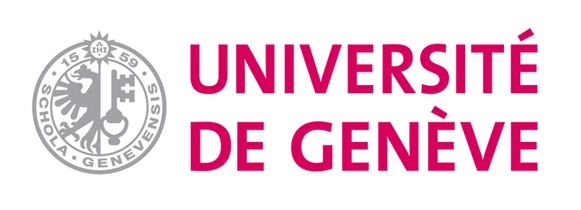
Lone parenthood is an increasingly important reality in Switzerland. The Swiss Federal Statistical Office states that one in six households with children consists of a parent who raises their children alone, at least for most of the time. One in nine of these families are composed of mothers, although the diversity of their backgrounds makes lone parents an increasingly heterogeneous group.
The research project "The multiple paths of lone parenthood", which has been taking place in French-speaking Switzerland since 2012, analyses the paths and living conditions of lone parents and their children. Through an interdisciplinary approach, combining sociological and demographic perspectives, as well as public policy and legal analysis, this research team is interested in several dimensions of lone parenthood :
- The career paths of lone parents following their transition to lone parenthood
- The role of lone parents' family and interpersonal networks (social networks) as a source of support or stressors
- The effects of work and unemployment on the health of lone mothers compared to couple mothers
- The meaning and repartnering of lone mothers
- The relationship between repartnering trajectories and the health situation of lone parents
- Child care arrangements, their determinants and consequences
- The role of public policies in addressing the vulnerability of lone parents
- The impact of the COVID-19 pandemic on lone parents
The project aims to contribute to the public debate on the growing diversity of family forms and social inequalities affecting children. This research also aims to provide a solid empirical knowledge base to inform public policies through the dissemination of its results to elected officials and professionals in the field.
Methodology
This project uses different types of approaches, from statistical analysis to interpretative content analysis; its sources are varied and include national survey data, semi-structured interviews, life calendars and egocentric networks. This choice of mixed methods makes it possible to capture the objective and material conditions of the different dimensions of lone parenting pathways, as well as to take into account the representations and margins of action linked to this condition.
This research combines, on the one hand, the analysis of secondary survey data and, on the other hand, a longitudinal qualitative study that began in 2012 and continues in 2020 with the fourth wave of data collection.
Analysis of survey data
The databases used for this research include, among others, the Swiss Household Panel (SHP), the Swiss Labour Force Survey (SLFS), the Family and Generations Survey (FGS), the Generations and Gender Survey (GGS) or the Health Behavior in School-aged Children (HBSC).
A longitudinal qualitative study
Since 2012, around 40 parents who have experienced a lone parent situation are being interviewed at intervals of 2 to 3 years. Biographical interviews have been combined with life calendars and social network questionnaires to address the following:
- the transition to lone parenthood and the relationship with the non-custodial parent (custody negotiations and support payments)
- other family events and transitions (repartnering, family recomposition)
- other areas of the life course (education, employment, housing, health)
In addition, each wave of field interviews focused on a specific element. Wave 1 (2012-2013) focused on the life course of lone parents and the retrospective experience of their transition to lone parenthood. Wave 2 (2015) focused on the role of public policies in overcoming the vulnerability of lone parents. Wave 3 (2017-2018) focused on the social support obtained through the support networks of these parents. Wave 4 (2020) discusses the impact of the COVID-19 situation on those families. The common thread running through these different waves makes it possible to analyse changes in pathways in the areas of family, employment and health.



